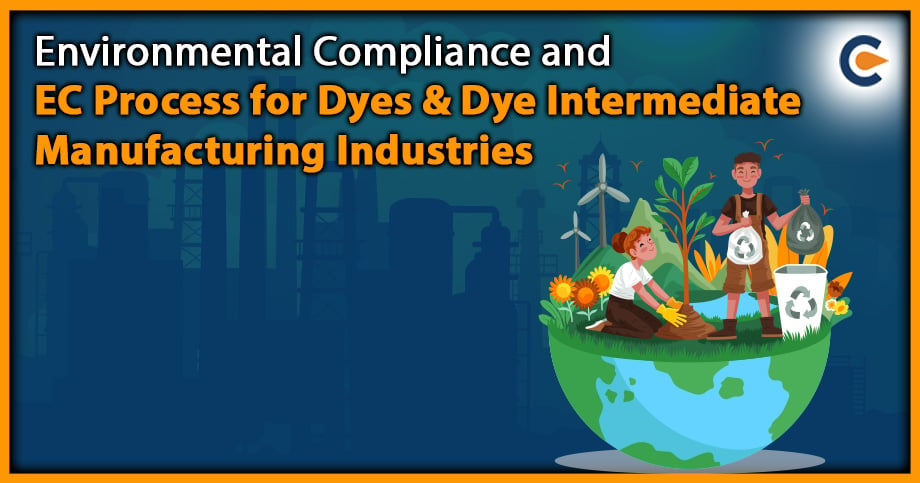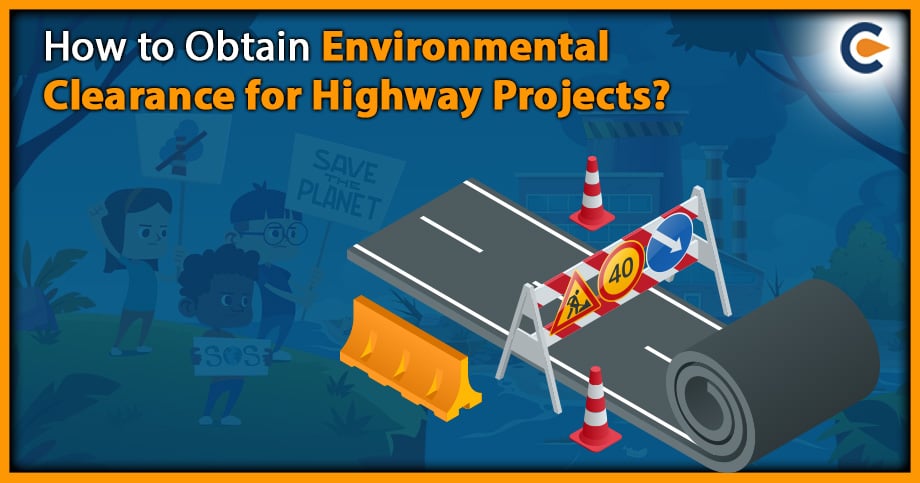India’s economy ranks third in the world by purchasing power parity and is the sixth largest by nominal GDP. Both construction and mining play a vital role in the Indian economy, contributing significantly to GDP. The expansion of the infrastructure is correlated with the availability of raw materials like sand, cement, and bricks, among others. Rapid urbanisation has resulted in a growth in demand for raw materials, one of which is ordinary earth. Construction work requires earth and soil materials from borrow areas in a manner that does not affect the region’s ecology. Identifying the borrow area becomes necessary with respect to its operation, safety and redevelopment. One of the key requirements is the excavation of Ordinary Earth from borrow areas for linear constructions. Therefore, EC for excavation of ordinary earth will depend on case to case basis.
There was initially no procedure for getting environmental approval for linear projects before excavating ordinary earth from the borrow area. By means of Notification S.O. 1224 (E) dated March 28, 2020, the Ministry modified Appendix IX of the EIA Notification to, among other things, exempt “Extraction or sourcing or borrowing of ordinary soil for linear projects like as roads, pipelines, etc.” from Environmental Clearance (EC). However, following additional NGT intervention, the issue was re-examined. Based on the EAC’s recommendations and in accordance with the NGT’s guidance, the Ministry thoroughly examined the situation. It determined that the exemption from EC provided by S.O. 1224 (E) dated 28.03.2020 for “extraction or sourcing or borrowing of ordinary earth for linear projects such as roads, pipelines, etc.” shall be subject to Standard Operating Procedure (SOP).In the following article, we will learn about the applicability of EC for excavation of ordinary earth from borrow areas for linear projects and the standard operating procedure given by the Ministry.
Development of ECfor excavation of Ordinary Earth
- The Ministry of Environment and Forest (MoEF&CC) amended Appendix IX of the EIA Notification in 2020. It provided exemption from EC for “extraction or sourcing or borrowing of ordinary earth for linear projects like pipelines, roads, etc.
- This was challenged before the NGT in Noble M. Paikada Vs. Union of India & Ors., where the court disposed the application and directed a revisit of the notification by observing that instead of being a blanket exemption, the ban must strike balance and be hedged by appropriate safeguards such as the process of excavation and quantum.
- The NGT in Shri Rajiv Babasaheb Waman & Ors. VsMoEF&CC & Ors observed that excavation of earth mining of sand and minor minerals is a hazardous activity and have an adverse impact on the environment, and cannot be left unregulated. The NGT also observed that a blanket exemption against ecologically sustainable development norms and the judgment of the Hon’ble Supreme Court.
- Finally, the matter was referred to the concerned Expert Appraisal Committee (EAC), which has clarified that in case a linear project has obtained EC for excavation of ordinary earth based on EIA studies incorporating the sourcing of construction material or other activities, necessary safeguards are already incorporated in the EC appraisal process. However, suppose such sourcing of material is not considered in the EIA or such linear project does not attract provisions of EC. In that case, such activities will be subjected to extant environmental regulations as per EIA Notification 2006 and applicable environmental safeguards that must be observed while sourcing construction material.
How to Identify and Operate Borrow Area
The excavation of ordinary earth for linear projects in India uses minimal levels of mechanisation, manual moulding, solar drying, and BTK/clamp-firing procedures. As per the OM dated 8th August 2022, the following standard operating procedure must be followed for Borrow Area Identification, operation, safety and redevelopment.
Selection of site, operation and site-specific measures to be adopted
For the selection of the site for the borrow area, agricultural land, cut material available from other road construction projects, dredging material from dredging operations of ponds, lakes, rivers and canals, material from barren land or land without tree cover outside the road RoW, material from the excavation of proposed culverts can be considered. The following issues must be considered like
- siting borrows pit location
- soil erosion aspects
- accumulation of runoff and associated problems
- disposal of debris by the local community in the open borrow area
- transport of borrowed earth to the construction site
- preservation of topsoil of 15m depth and reuse for plantation
- reinstatement of borrow pits and sites shall be considered before the selection of the site
Borrowing must be avoided on properties that are close to the toe line, irrigated agricultural lands, grazing land, properties that are part of settlements, and properties that are more than one kilometre away from environmentally sensitive areas, such as reserve forests, protected forests, sanctuaries, national parks, conservation reserves, wetland areas, and unstable and fragile side hills, streams, and seepage areas, as well as areas that support endangered plant and animal species. EC for excavation of ordinary earth assures that there is no prominent unsuitable soft rock within the proposed depth of excavation that will make rehabilitation challenging.
General Guidelines
- Topsoil preservation should be done in a stockpile.
- A 15 cm topsoil has to be removed from the borrow pit and placed in stockpiles in a designated area with a height restriction of 2 m and a side slope restriction of 1:2. (Vertical: Horizontal).
- Preservation of Top Soil of 15cm depth and its reuse for plantation
- Validation of the work of reuse of Top Soil by the AE/TE. Competent authority to check the reuse anytime if warranted.
- Borrowing of the earth will be carried out up to a depth of 2m from the existing ground level.
- Borrowing of the earth will not be done continuously throughout the stretch.
- Ridges of at least 8m widths should be left at intervals not exceeding 300m.
- If necessary, small drains should be cut through the ridges to facilitate drainage.
- Depending upon the location of borrow areas, the safeguard measures and management specific treatment as a particular borrow area depending upon its location viz Agriculture Land, Elevated Land, Waterbody, near Settlement and along the alignment.
3. Redevelopment of Borrow Areas
- The goal of the rehabilitation effort and EC for excavation of ordinary earth is to make the borrow pit sites safe and secure again so that members of the public can utilise them without risk. Keeping borrow pits secure and stable is a crucial component of the rehabilitation process. By roughly filling the borrow pit to the level of the road, this might be accomplished. The subsequent actions will be taken for rehabilitation:
- Borrow pits must be backfilled with unusable construction wastes, including fly ash, compacted and covered with turf or other vegetation on the surface. If it is not possible to do this, the excavation slope should be smoothed, and the depression should be filled in such that it resembles the original ground surface.
- During the execution of the works, the Contractor will ensure that trees are protected during material piling, that stripping material is spread to promote water percolation and allow for natural vegetation growth, that previous natural drainage flows are restored, that the site’s appearance is improved, that ditches are dug to collect runoff, and that plantation may be carried out wherever it is practical or that a pit may be developed for water storage in accordance with the Amrit Sarovar Scheme of MoRTH[1].
Conclusion
India’s construction industry is predicted to expand at a 6.6% annual rate till 2030. Raw materials are not imported in this sector, and the product is often marketed in local domestic markets. By creating local jobs, the excavation of ordinary earth from the borrow area for linear projects is intended to enhance the socioeconomic situation on a microeconomic scale. By guaranteeing that current development ideas do not jeopardise vital natural resources and ecological functions or hurt the way of life of local and indigenous communities, EC for excavation of Ordinary Earth promotes sustainable development.











